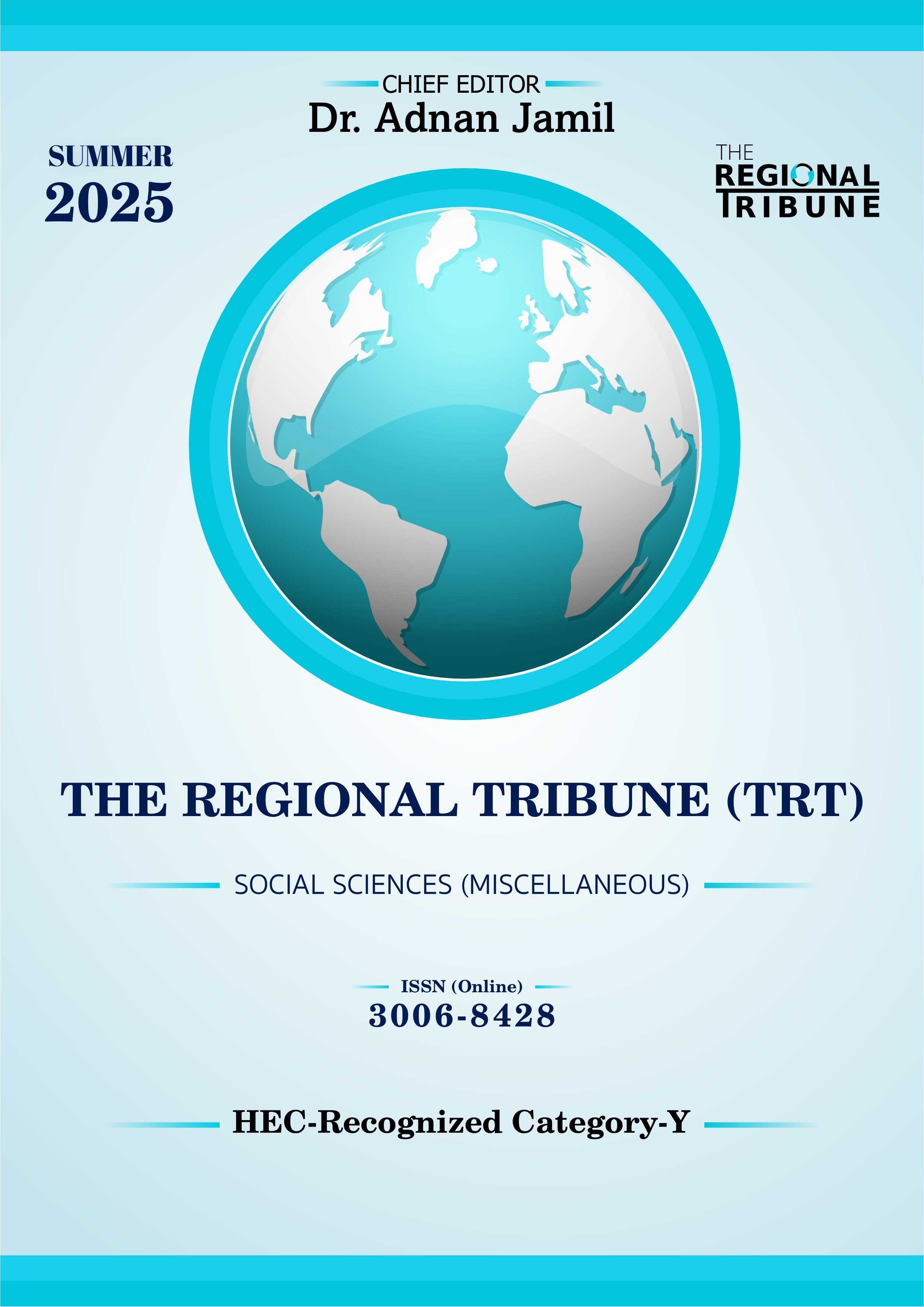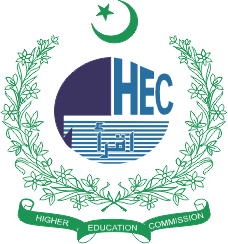Love Marriage: Community Perception and Satisfaction in Large Urban Centres of Central Punjab, Pakistan
DOI:
https://doi.org/10.55737/trt/SR25.140Keywords:
Perception, Satisfaction, Marriage, Yeh’s Index of Perception, Household, Community, Chi-Square Test, Urban CentresAbstract
Marriage is a socially accepted sexual union between a male and a female in which women children are recognized as a legitimate offspring’s of the couple. When two individuals marry because they both love and understand each other, then it is called love marriage. In Pakistan due to social and cultural conventions, some families are adamantly against such relationships, while others may be sympathetic. The research was quantitative in nature. Multistage sampling technique was used in the study. From large three Urban Centres Lahore was selected randomly. One municipal town was selected from Lahore which was Nishtar town. From this one union council namely Kahna Nau was selected randomly. 382 households were selected through systematic random sampling technique. For the collection of data Pre-coded interview schedule was used. The data was collected from the head of the household. The inferential tests were applied on the data. Which were Chi-square test, Yeh’s Index of Perception and Yeh’s index of Satisfaction. The value of chi square was 0.456 and 0.324. The value of Yeh’s Index of perception test was 0.376 while Yeh’s index of Satisfaction was 0.3647. Results indicates that a minor percentage of the people were perceived better and satisfied from love marriage.
References
Akhtar, N., Khan, A., Pervez, A., & Batool, I. (2019). Interpersonal problems in arranged and love marriages. Pakistan Journal of Social and Clinical Psychology, 15(2), 18-22. https://discovery.ucl.ac.uk/id/eprint/10132502/
Grossi, R. (2014). Conclusion: Law, Love and Marriage. In Looking for Love in the Legal Discourse of Marriage (pp. 107–118). ANU Press. http://www.jstor.org/stable/j.ctt13www3x.9
Grossi, R. (2014). Love and Marriage. In Looking for Love in the Legal Discourse of Marriage (pp. 17–38). ANU Press. http://www.jstor.org/stable/j.ctt13www3x.5
Kalpagam, U. (2008). Marriage Norms, Choice and Aspirations of Rural Women. Economic and Political Weekly, 43(21), 53–63. http://www.jstor.org/stable/40277497
Kiran, H. (2018, August 11). How to Do Court Marriage in Pakistan | Muslim Court Marriage Procedure. Court Marriage in Pakistan. https://www.court-marriage.com/love-marriage-and-court-marriage-pakistan/
Liu, H., Li, S., & Feldman, M. W. (2013). Gender in Marriage and Life Satisfaction under Gender Imbalance in China: The Role of Intergenerational Support and SES. Social Indicators Research, 114(3), 915–933. https://doi.org/10.1007/s11205-012-0180-z
Nawaz, S., Javeed, S., Haneef, A., Tasaur, B., & Khalid, I. (2014). Perceived Social Support and Marital Satisfaction among Love. International Journal of Academic Research and Reflection, 2(2), 41-50.
Perren, S., von Wyl, A., Bürgin, D., Simoni, H., & von Klitzing, K. (2005). Intergenerational transmission of marital quality across the transition to parenthood. Family process, 44(4), 441–459. https://doi.org/10.1111/j.1545-5300.2005.00071.x
Safdar, M. R., Akram, M., Sher, F., & Rehman, A. (2021). Socioeconomic Determinants of Caste-based Endogamy: A Qualitative Study. Journal of Ethnic and Cultural Studies, 8(2), 39–54. http://dx.doi.org/10.29333/ejecs/697
Setiya, K. (2014). Love and the Value of a Life. The Philosophical Review, 123(3), 251–280. http://www.jstor.org/stable/44282352
Tertilt, M. (2005). Polygyny, Fertility, and Savings. The Journal of Political Economy, 113(6), 1341–1371. https://doi.org/10.1086/498049
Westermarck, E. (2007). The History of Human Marriage (pp. 1-38). London: Macmillan.
Downloads
Published
Issue
Section
License

This work is licensed under a Creative Commons Attribution-NonCommercial 4.0 International License.



